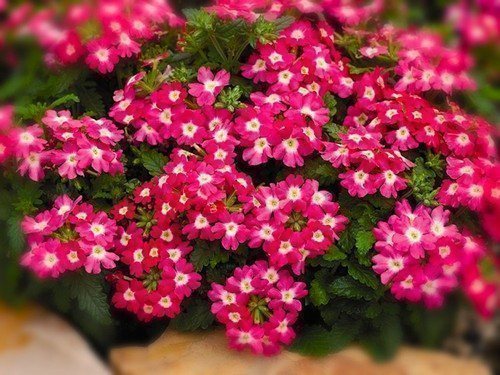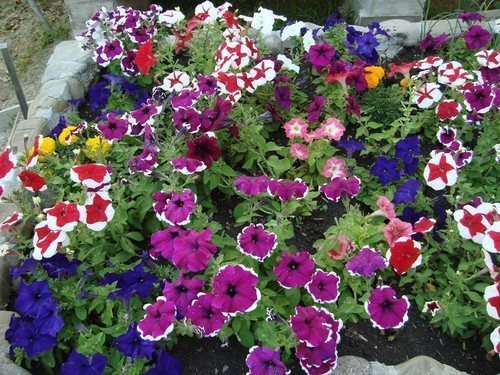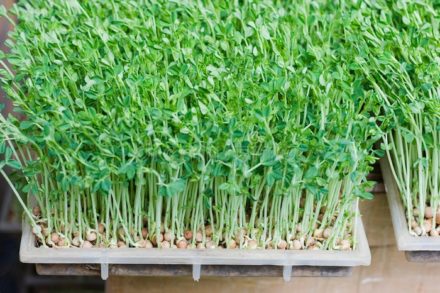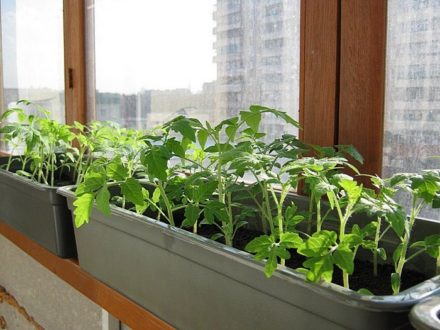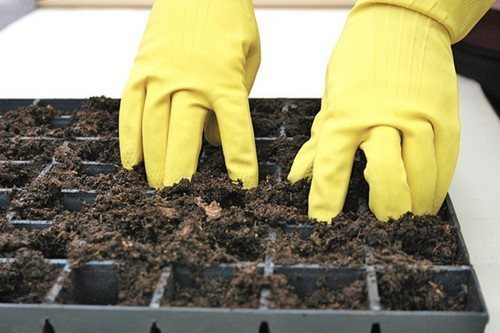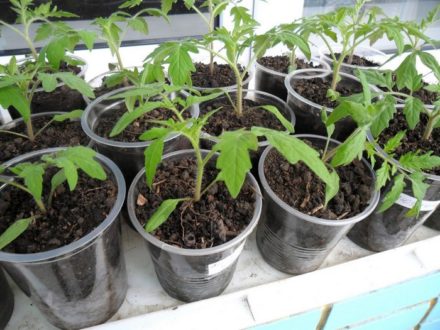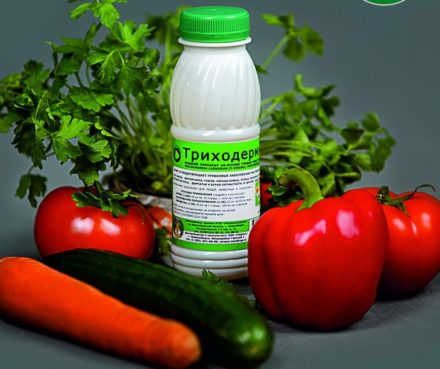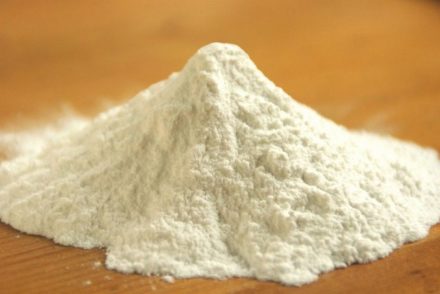When growing seedlings of the same crop, gardeners do not need to worry about the possibility of mixing up varieties. But when there are many names, and each group of seedlings has specific nuances, then crop labeling is indispensable.
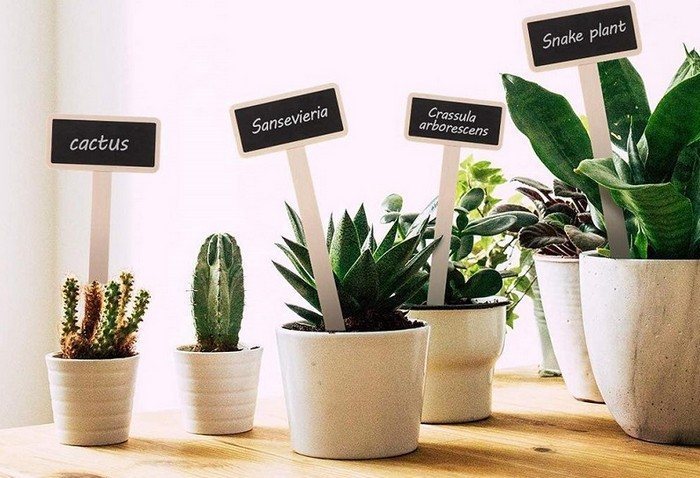
Paper marking method
Originally, gardeners labeled pots or containers. Some information about the plant was written on a small piece of paper and pasted onto the container. But they soon came to the conclusion that the method was imperfect. The time required was large, and the inscriptions faded in the sun or were washed away when exposed to a stream of water during irrigation. When sowing a new batch, other signatures had to be made. Even when using paper construction tape, the lettering faded over time.
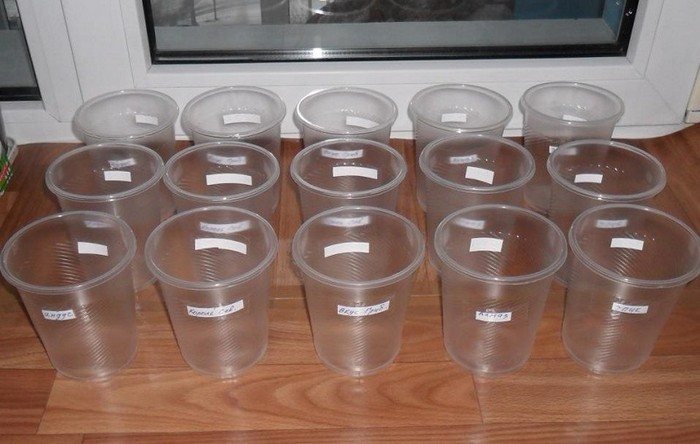
Gardeners were looking for new ways of labeling. Today there are many options. Some of them are quite creative and original. The tag indicates the name of the crop, variety, date of planting (sowing), vaccinations and other data that the gardener uses when growing seedlings.
Five ways to mark seedlings
Spoons
Who would have thought that disposable plastic spoons (knives) could be used to mark seedlings? Meanwhile, the method has found its admirers, who see many advantages in it. Plastic products are easy to buy, and for a small amount. It's easy to sign and save until next year.The ends of the spoons can be easily buried in the ground. Such markers are easy to transfer from one container to another during a dive.
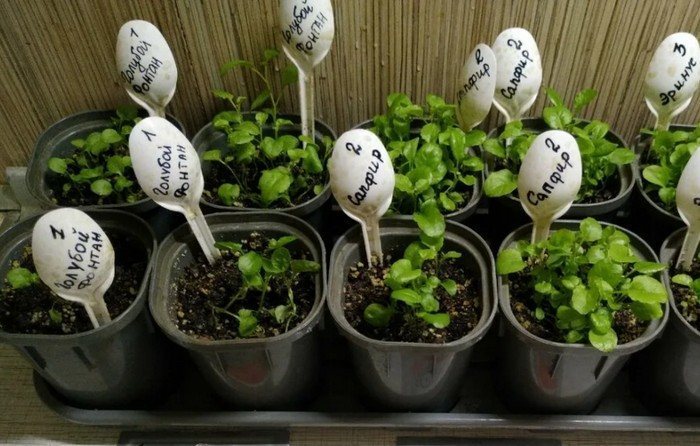
Sign the spoon with a soft pencil or permanent marker. In this case, the records do not fade and are not washed off when watering. With repeated use, previous entries are removed with alcohol, acetone, and cologne.
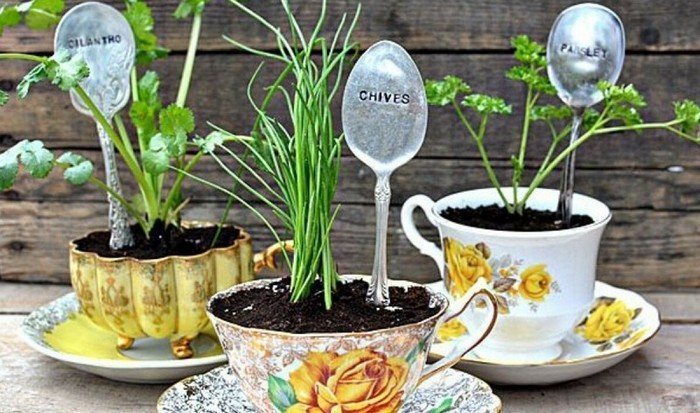
If there are unused metal or wooden spoons in the chest, they will also be suitable for marking seedlings, and will not lie idle.
Ice cream sticks
Another budget option for marking seedlings. The sticks are impregnated with a protective compound and do not rot in wet soil.
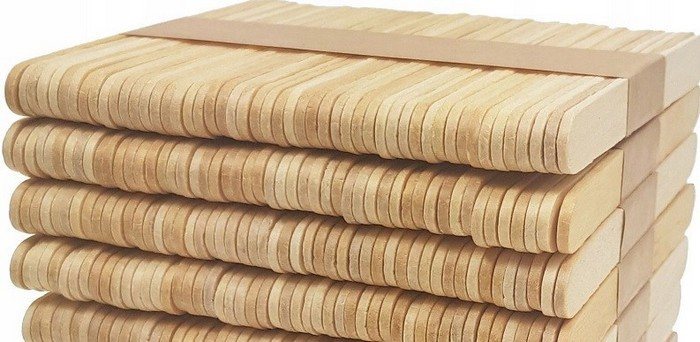
Signing seedlings on an ice cream stick is easy, since not only a marker will do, but also a regular ballpoint pen.
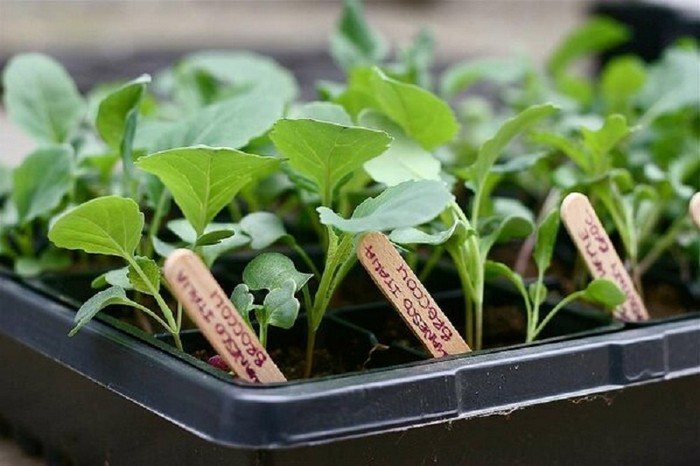
The only disadvantage of this method is that it is impossible to erase notes on sticks. But reusing the same markers is the optimal solution.
Clothespins
Don't worry if you don't have tag material on hand.
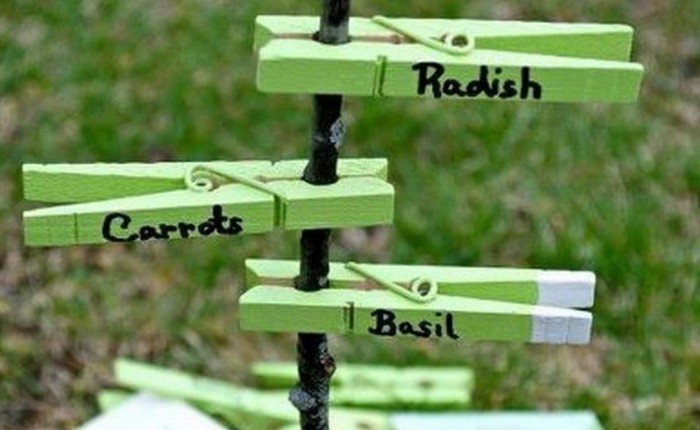
Every home has clothespins that you can use if necessary.
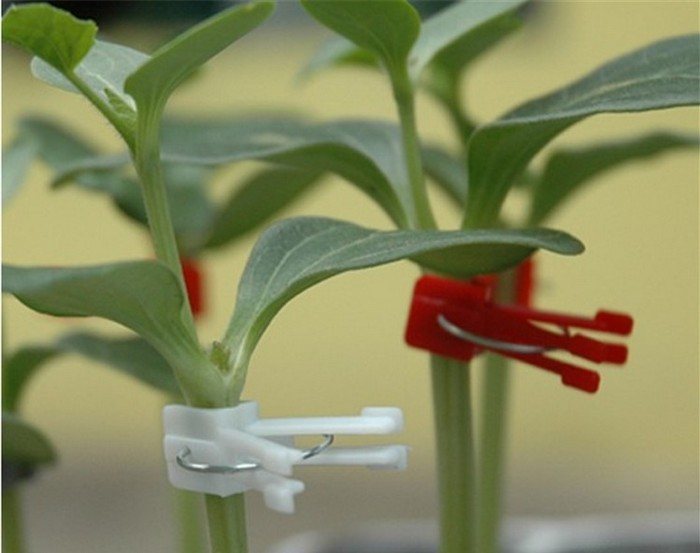
A wooden clothespin with an inscription is attached to a container or seedling. Sometimes clothespins are coated with multi-colored acrylic paint. This allows gardeners to more easily navigate seedlings and seedlings.
Tin markers
These tags are made from aluminum beer cans, cocktail cans, and other similar containers that are cut into strips. The necessary information is scratched out with a nail or other sharp object or written with a marker.Tin tags are durable, and even outdoors they remain in perfect condition.
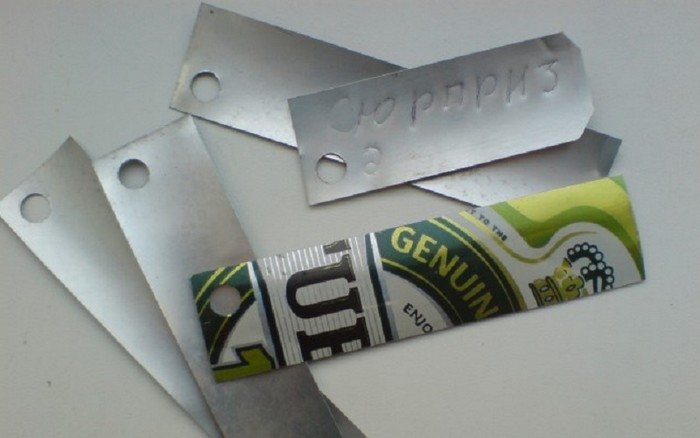
Usually these labels have holes in them where strings are inserted. With their help, tags are attached to seedlings of trees, flowers, and shrubs.
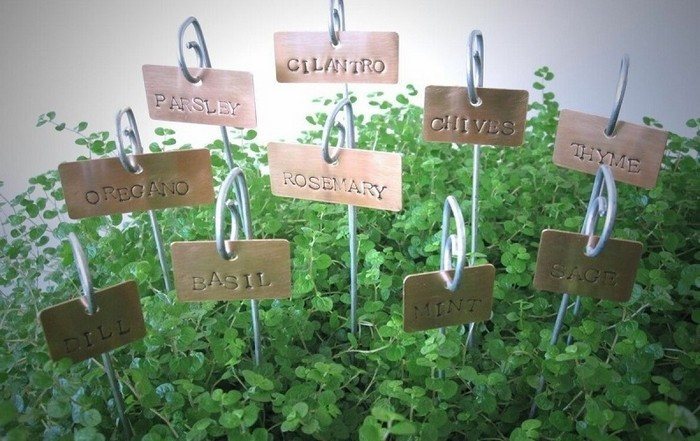
Tags are also made from tetrapack foil, but they are signed with a ballpoint pen, and you need to make an effort so that the inscription is printed well. Then even if it fades in the sun, the inscription will be visible. Compared to the previous version, these tags are short-lived.
Store options
There are many types of garden tags and markers. Gardeners who don’t want to bother with manufacturing buy ready-made ones in garden stores, where there is material for every taste.
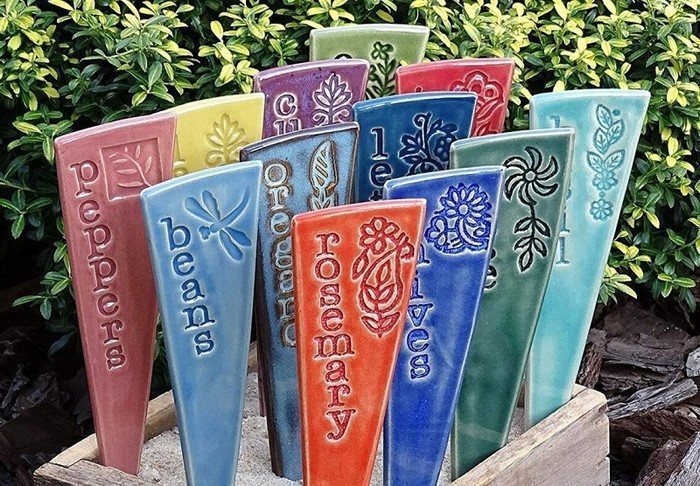
Factory tags, pegs, markers look impressive, are durable and are fully suitable for their purpose. Naturally, the price of the product is considerable.

In order not to get lost in the seedlings, it is better to use plastic, metal and wooden tags impregnated with a special composition with the necessary information. This will give the gardener the opportunity to further analyze and select suitable varieties for future plantings.




